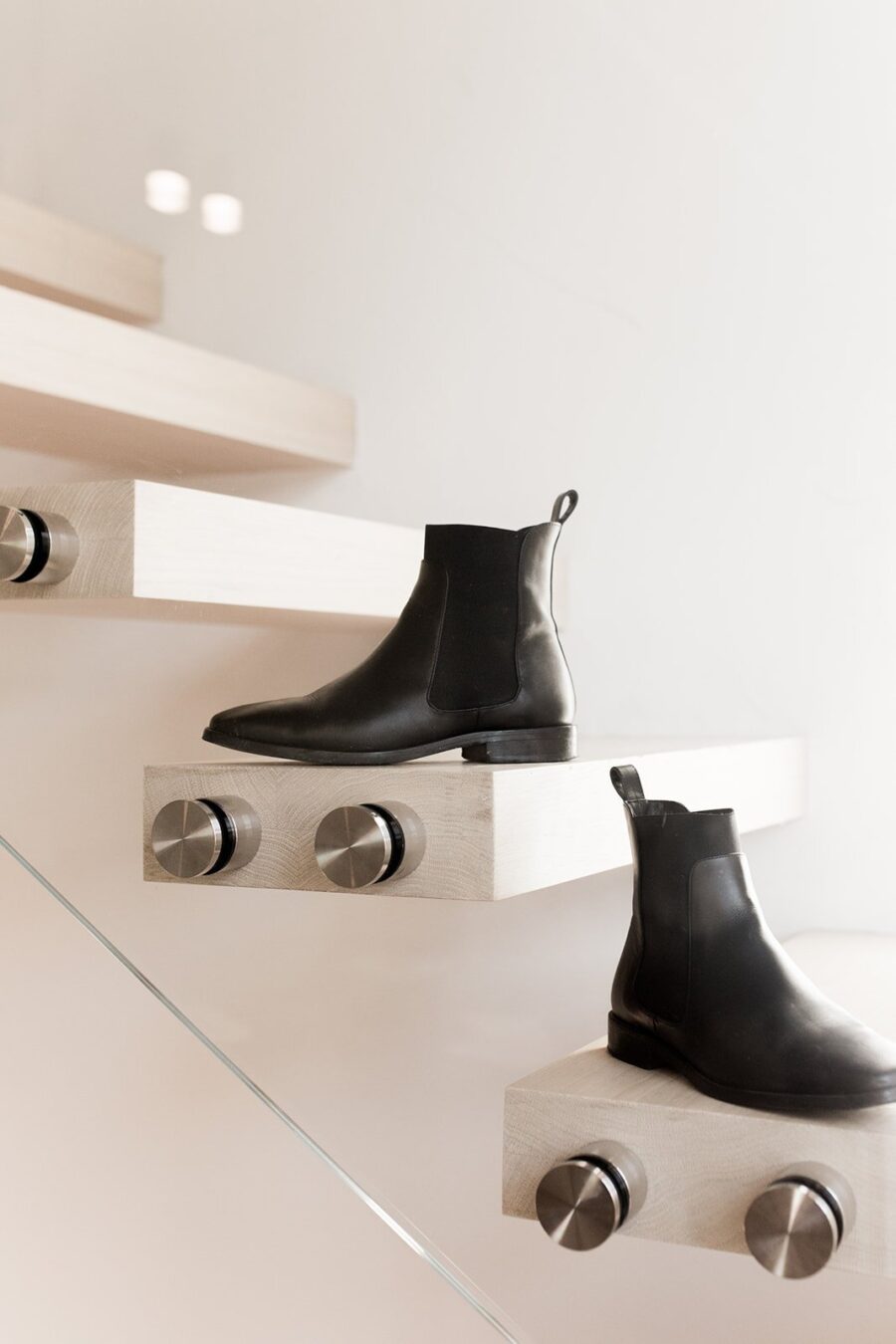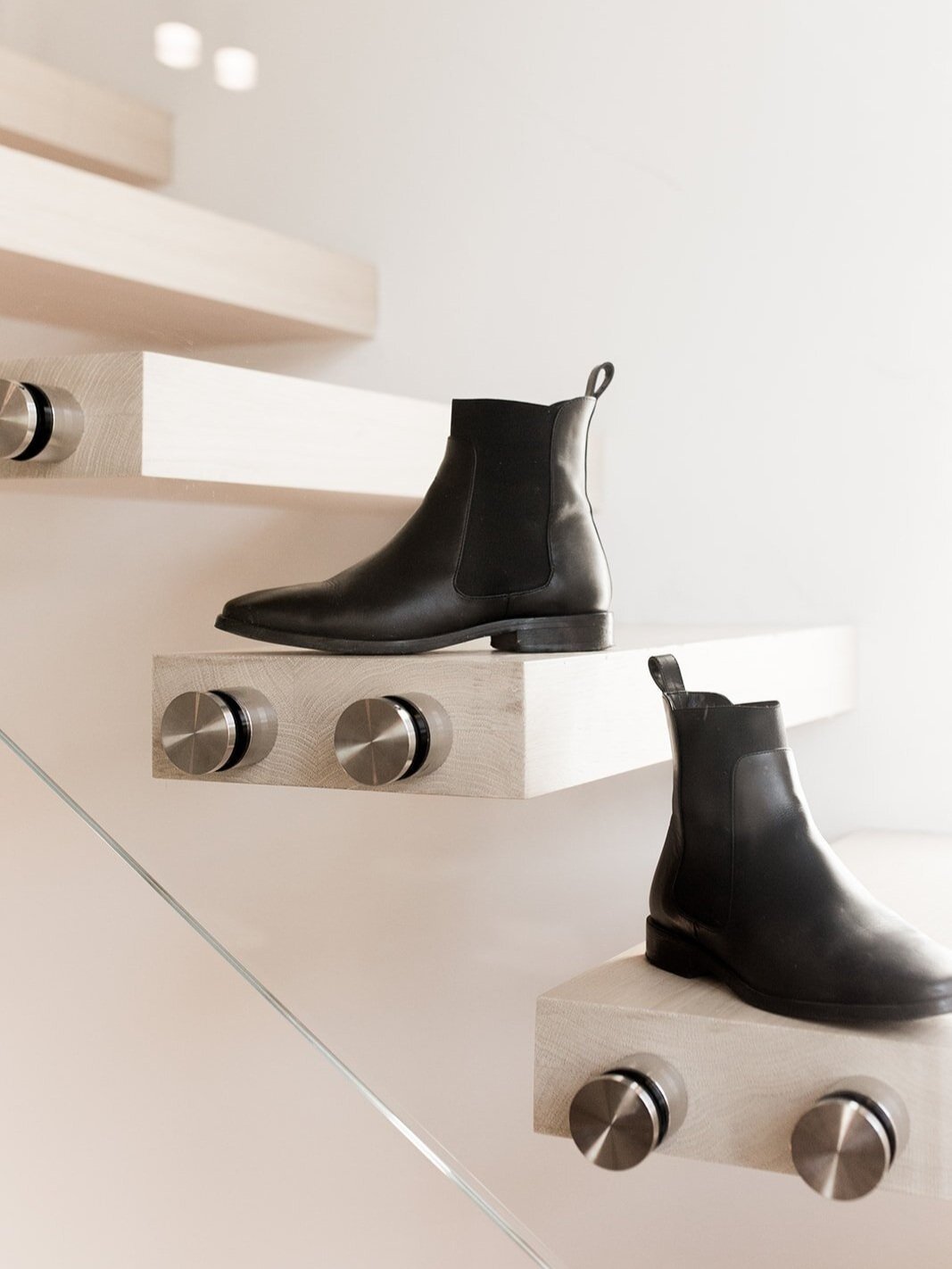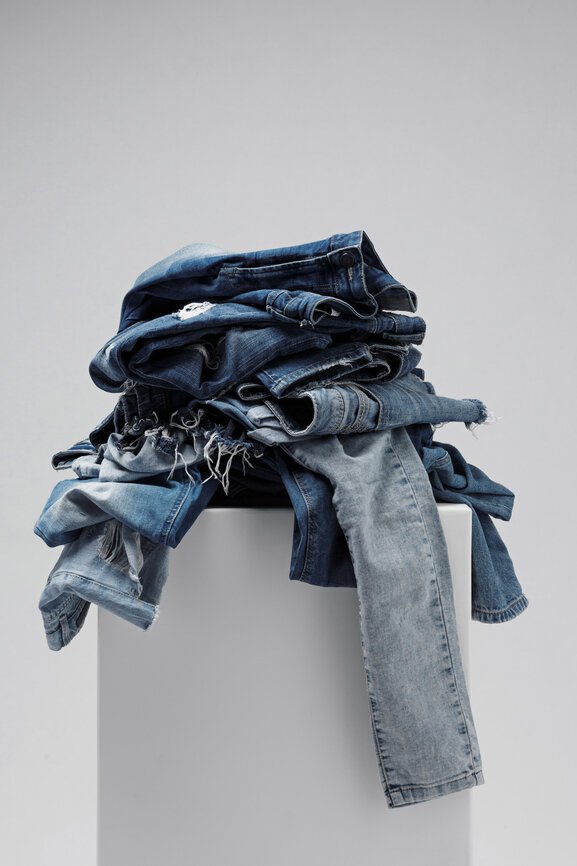
Are Regional Supply Chains The Future Of Fashion?
Balancing Local & Global
Supply Chains
Overseas outsourcing, subcontracting, and chaotic supply chains have become staples of a fashion industry wildly out of touch with the times. And these global supply chains have come under scrutiny for lack of transparency, large carbon footprints, and now financial risk. COVID-19 halted production for even the largest brands as the pandemic spread throughout China and surrounding areas where much of the world’s clothes are manufactured. Soon after, the virus hit the states and subsequently left suppliers in those same areas without pay. Now, disorganized and excessive production systems are resulting in mass bankruptcies of long-standing retailers and deeply wounding others.
“Global supply chains have come under scrutiny for lack of transparency, large carbon footprints, and now financial risk.”
Fashion is being forced to reckon with its flawed system and to search for alternatives. Imran Ahmed, founder and CEO of Business of Fashion, told the BBC, “The conversation about sustainability and the fashion industry has been going on for a long time now, so this is not a new conversation, but I do think this situation is a great accelerator.” Ahmed added that he predicts there will be a shift to “using supply chains that are creating clothing in a circular way and take into account the impact on the planet and the people who make our clothes.”
Ideas once championed by a select few are now being discussed within mainstream fashion. Could regional supply chains be the ticket to future success?
What is a Regional Supply Chain?
A regional supply chain operates within a certain region rather than spread out around the globe. It means that raw materials, material processing, and clothing manufacturing all happen within one area of the world—perhaps one country, or even all in one city. This kind of fashion system has become more appealing to designers, CEOs, and industry leaders during the upheaval of 2020. Additionally, customer faith in large-scale operations has been waning for some time. Consumers want to know where their clothes are being made and how. They want to feel connected to brands.
Global Technology Vs. Regional Sourcing
Switching the industry to regional supply chains sounds ideal, but is it actually possible? In a world obsessed with technology and innovation, can local really replace global?
“The scarcity and labor that goes into the development of [innovative] materials raise their prices significantly.”
One point of tension lies in the increasing interest of plant-based or lab-grown materials, including Piñatex (made from pineapple), Muskin (made from mushrooms), and Zoa™ (made from collagen). These innovative materials are exciting for designers who want to create vegan garments with the look and feel of leather, but due to their relatively new status, most of these alternatives are inaccessible to brands, especially small ones. Moreover, these products are engineered by specific companies in various parts of the world, meaning availability is limited. And buying into this kind of technological advancement is incredibly costly. The scarcity and labor that goes into the development of these materials raise their prices significantly.
“In order to [use] technological innovations, you have to invest in them a lot unless they are readily available,” explains Isadora Alvarez, founder of ethical brand Back Beat Co. As a small business owner, it’s difficult to rationalize purchasing thousands of yards of these materials; innovative materials and humble local production don’t yet go hand in hand.
Yet, other technological advances have greatly benefitted some brands whose raw materials are already secured. The Renewal Workshop, a brand based upon circular systems and zero waste principles, operates two factories in different parts of the world.
“We invested in and accessed state-of-the-art technologies so that we could get our business off the ground faster,” shares co-founder Nicole Bassett. “We used many off-the-shelf tools and applications, only customizing [what] we needed.” After initially outsourcing in the way of “off-the-shelf” manufacturing tools, each facility is now fully equipped to handle all production in house.
“Innovative materials and humble local production don’t yet go hand in hand.”
For Alvarez, this kind of local production was what she and her team originally hoped for so as to reduce Back Beat Co.’s carbon footprint. Though, after being burned one too many times by suppliers, the team found that “putting all your eggs in one basket” is unsustainable.
“Last year we decided to not only rely on one location (Los Angeles) for production,” says Alvarez. “We made it a point to look for factories locally and overseas that had the same small scale ethos and had a specific set of capabilities.”
Finding a Middle Ground
While The Renewal Workshop and Back Beat Co. don’t have the kind of regional supply chain that many brands touting the concept actually envision, the balance they’ve struck may be what the future of fashion looks like. In May, CNBC shared findings from an Economic Intelligence Unit report related to supply chain changes due to the pandemic, which now match Back Beat Co.’s findings. The article states:
“By building quasi-independent regional supply chains in the Americas and Europe, a global company will provide a hedge against future shocks to their network. For those companies that have this luxury already, they have been able to shift production of key components from one region to another as lockdowns and factory closures resulting from coronavirus have unfolded.”
A combination of thoughtful outsourcing, intentional use of technology, and local operations that incorporate natural materials will prevail.
“I think that there is a lot of opportunity for small and local to embody technical innovations to stay relevant and nimble,” confirms Bassett. There’s so much to learn from conservation practices established long ago, but there is no foreseeable future in which technology will not play a significant role. Now that we’ve opened up the internet and the world to each other, there’s no going back; there is only refining.
“Thoughtful outsourcing, intentional use of technology, and local operations that incorporate natural materials will prevail.”
Maybe that means finding like-minded partners overseas like Back Beat Co. while also investing in local materials and production. “We’re still big believers of small-scale operations, old school natural fibers, and keeping our cuts lean,” asserts Alvarez.
“The future is collaboration over competition.”
Our world is fixated on constant growth, while some individuals are obsessed with isolated action. But what if the key is that middle ground? It’s the growing brand that is setting an example of integrating technology without losing connection to the product. It’s the small business that is open to innovation while sticking to its values. And it’s the experts, near and far, in person and over the internet, who are connecting and building on each other’s ideas. The future is collaboration over competition or isolation. We can only do this together.
Audrey Stanton was born and raised in the Bay Area and is currently based in Los Angeles. She works as a freelance writer and content creator with a focus in sustainable fashion. Audrey is deeply passionate about conscious living and hopes to continue to spread awareness of ethical consumption.




